Forest Fire Camp Developments
B Marsden
In 1955, Mark Stump records "Our campsite on the crest of the ridge became quite strung out as each man selected a tree to provide stability from the downslope side. One could lie "along the slope" or preferably "across the slope" in reasonable comfort as long as there was a decent sized tree to rest against, thus ensuring you would still be there at daylight."
As smoke billows on the horizon and the ‘call to duty’ messages fly its ‘action stations’ for forest firefighters. Through long hot summers crews remain prepared and ready to meet the challenge of stopping a developing inferno before forests are lost, and rural properties face destruction. A fire may run its course for several days, or sometimes for weeks or months. Fire crews and their support staff will need to be fed and provided with sleeping quarters and ablutions facilities, often in some of the most remote parts of the State.
This is an account of the many changes that have been introduced in Victoria to provide improved conditions for fire crews at base camps. Many of the changes were incremental in nature, but in 2000 the Department of Sustainability and Environment, with OHS in mind, directed a team to investigate current trends for providing meals and accommodation for fire crews and, as a consequence, a modular and containerised system was introduced, as you will see in each section of the article.
Do you want fries with that?
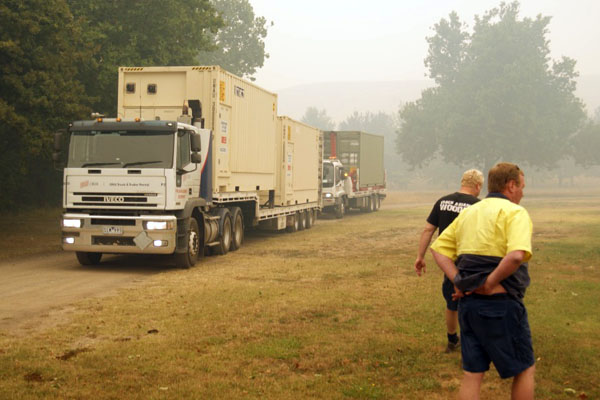
Transport by container trailer
2008
Source: B Marsden
Sustenance
Cooking Units - Large Fires
For large scale fire camps, mobile kitchens fitted with gas appliances were used by the FCV and its successor agencies for the preparation of meals for fire crews. ‘Coppers’ also played a significant role in providing water for the kitchen hands to wash pots and pans during and between shifts. (Fig. 1)
Cooking Units - Small Fires
If, however, the emergency was, or was hoped to be, a small event – say a fire crew was despatched during the day to round-up a lightning strike - then in the cool of the evening a small camp trailer with an Aldershot oven and ancillary cooking utensils would be used to prepare the evening meal. The Aldershot oven was constructed of a steel top plate and three enclosed sides, with an opening at one end for the placement of wood. (Figs. 2 & 3) The lid or cooking area was fitted with a chimney at the enclosed end and in some situations a removable 150 mm disc in the middle for large urns or kettles for boiling water. The Aldershot ovens were perfect for providing a quick meal; such as barbecuing steaks and heating and cooking pots of vegetables.
Catering Trailer
Catering trailers also provided camp cooks with the tools and equipment to deliver a good meal for a small crew. The trailers were equipped to allow a cook to be quickly despatched to a field location and commence preparation of meals. (Fig. 4) Heavy-duty ‘Mess’ tents fitted with flyproof netting walls provided relief for the crews during meal time. (Fig. 5)
Food Storage
In the period prior to refrigeration becoming a common feature at fire camps,the ‘Meat-Safe’ and, if available, blocks of ice were the methods used to safeguard meat and food stuffs from heat and flies. The meat-safe was a light-weight metal container approximately 600 x 600 mm square with a hinged door and internal shelf. The container was perforated with hundreds of small piercings that allowed air to pass through but not flies. The meat-safe would be hung in a cool shaded area that preferably would get a breeze and be covered with a wet towel which helped to cool the contents. (Fig. 6) The occasional kerosene refrigerator may have been seen at a fire camp during this period but, in most situations, it was generally a very basic operation.
Refrigerator Trailer
In 1982 a large, ex-Military refrigerator was purchased by the FCV, and mounted on a tandem trailer frame to allow transfer to camp locations. The refrigerator was powered by an 8 KVA generator. It weighed 1.820 Kgs. (Fig. 7)
Mobile Kitchens
In the 1950's the FCV owned at least one ex-miltary cooker (Fig. 8) equipped with a steam boiler to heat food. By the late 1960’s to the early 80’s, the FCV owned and operated two models of 18 foot kitchen vans, the Mobil Trail and the Franklin. In the late 1980's an ageing Mobil Trail model would be auctioned off (Fig. 9) and replaced by a newer and more functional kitchen, manufactured by Brimarco Industries, a Ballarat firm. (Fig. 10) During this period the Franklin mobile kitchens manufactured during the early 1970’s were undergoing refurbishment at the Altona Fire Protection Workshop. (Fig. 11) The Franklin and Brimarco Kitchens were operated for a further number of years until being auctioned-off in late 2000, with the introduction of a modern Containerised Kitchen System.
Mobile Cool Rooms
Mobile Cool Rooms were initially purchased and introduced by the FCV in the early 1970’s. If additional Cool Rooms were required then more would be hired commercially if available. (Fig. 12)
Fireline Meals
It would be rare for a vehicle to be traversing the fireline with someone handing out a welcome meal from a hot box. If such a situation did occur you were a very lucky firefighter. Generally what food you left camp with in the morning was your meal for the shift. A ‘hot’ meal was more likely to be the result of it sitting in a hot vehicle cabin, or in a backpack against a tree on the fireline in the heat of the day. I can still vividly recall the smell of an open can of ‘hot’ Camp Pie or Bully Beef with the fat around the inside of the lid. I think there must be quite a few cans of this "food", and of Rice Cream, awaiting discovery in the forest where it was discarded by more than one exasperated crew member (Fig. 13)
Drinking Water - Canvas Bags
The canvas water bag was the earliest means of providing drinking water for forestry workers and fireline crews. Each vehicle would generally carry at least one full waterbag on the front of the vehicle for drinking purposes, and crews would carry additional waterbags when necessary to keep hydrated during a shift. When a new water bag was issued it would require soaking prior to use to allow the fibres to expand and create a seal to reduce leaking. The outside of the bag would remain damp during travel which would assist with cooling as air passed over it. The exterior of the water bag would become covered in a thick layer of heavy dust particularly on bush tracks where vehicles may well be travelling in tandem. A quick rinse of the water bag outlet when required, and a crew member could quench his thirst and be on his way. No time to complain about the ‘baggy’ taste, or whether or not the water came from pure mountain stream. It was water - drink up and get on with it! These were a sign of the times and of how fire crews operated. (Figs. 14 & 15)
Drinking Water - Portable Backpacks
Portable Backpacks replaced the Canvas Bags in the 1980’s. They consisted of a 1000 denier corduroy outer bag housing a replaceable inner bladder - thus providing personnel with a comfortable and easy to carry 4.5 litre drinking water receptacle. The outer bag could be easily cleaned at the conclusion of operations, while the inner bladder could be discarded and replaced when required.(Fig. 16 )
Container - Kitchen
The kitchen has a stainless steel interior, within a standard ISO 6 metre shipping container, that hydraulically folds out to occupy an area of 6 by 6 metres . It can cater for in excess of 400 people with three hot or cold meals a day (Fig. 17) Compare this with a "kitchen" from about 1985. (Fig. 18)
Container - Cool Room
This consists of a modified 6 metre refrigerated container, fitted with a 3.6 metre by 2.1 metre cool room, large chest freezer with the remaining area as a dry store. Containers can be positioned end to end to allow staff to walk between them.
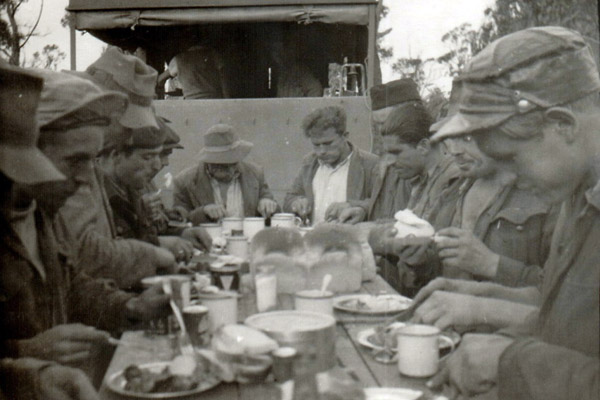
Fig. 1 FCV Crew being fed from a Wiles Mobile Cooker at Carpendeit
1951
Source: B Marsden
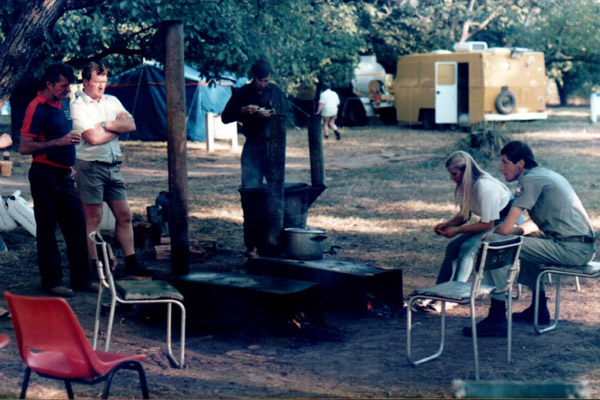
Fig. 2 Two Aldershot ovens and copper in use at a fire camp
About 1983
Source: B Marsden
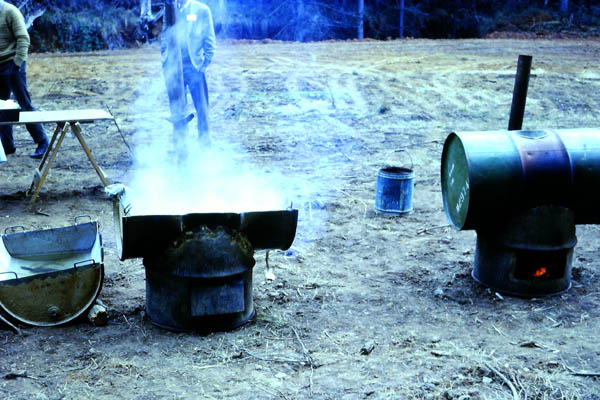
Fig. 3 Basic cooking set up for a small crew.
Probably mid-1970's
Source: B Marsden
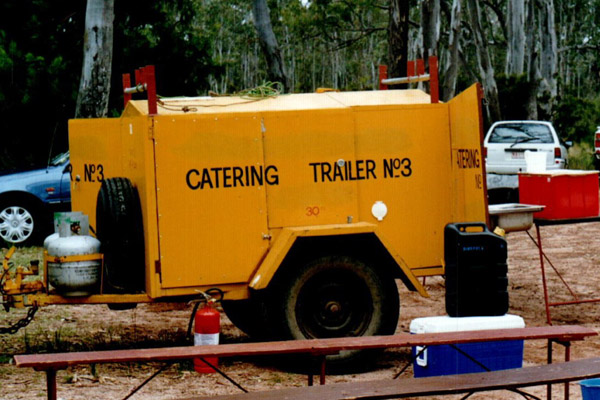
Fig. 4 Catering trailer setting up at a fire camp
1982
Photo: B Marsden
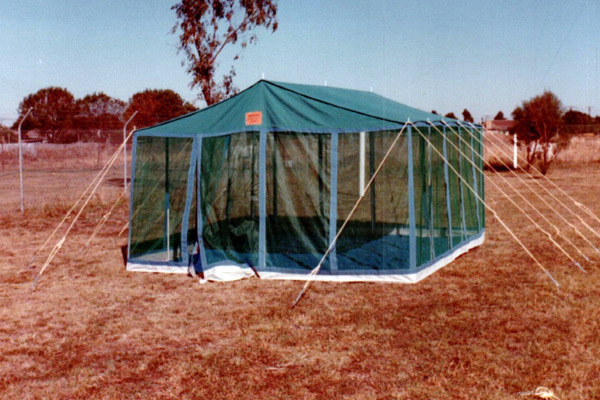
Fig. 5 Heavy duty canvas mess tent with fly wire walls - introduced 1982
1982
Photo: B Marsden
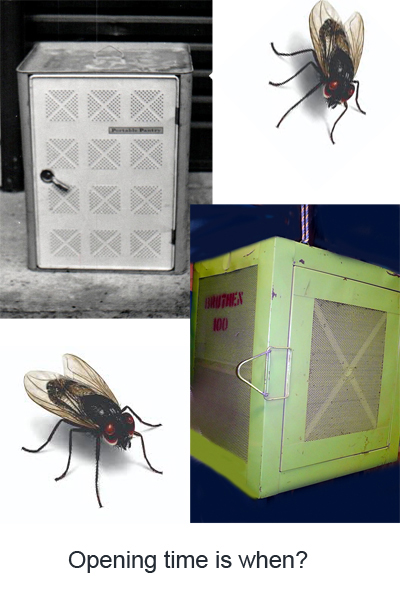
Fig. 6 Meat safes - widely used before refrigeration
1995
Composite photo prepared in 2020
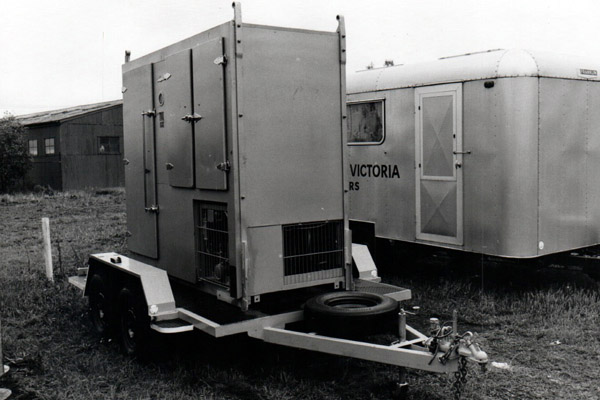
Fig. 7 Large trailer mounted refrigerator ex. Military
1982
Photo: B Marsden
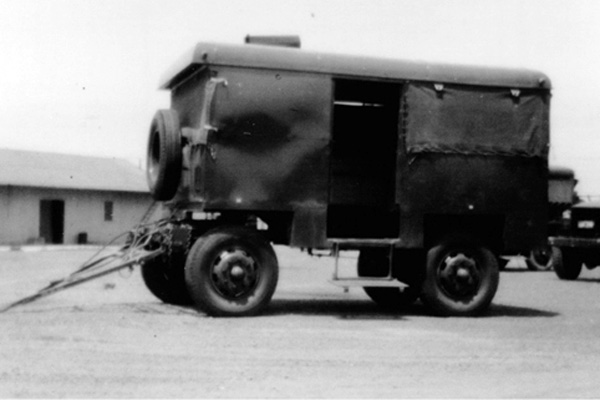
Fig. 8 Mobile Kitchen - ex. Military
1950's
Source: M Cecil
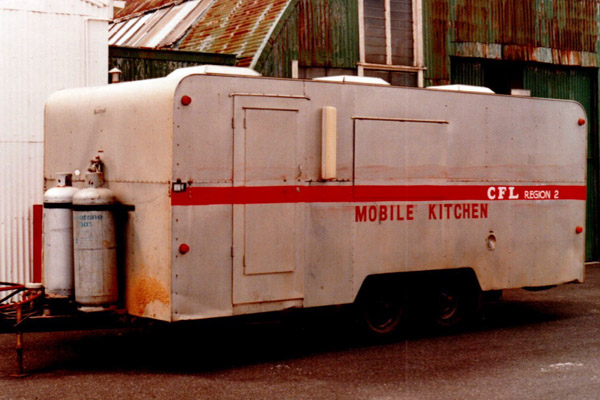
Fig. 9 An early Mobile Trail Kitchen Van
1981
Photo: B Marsden
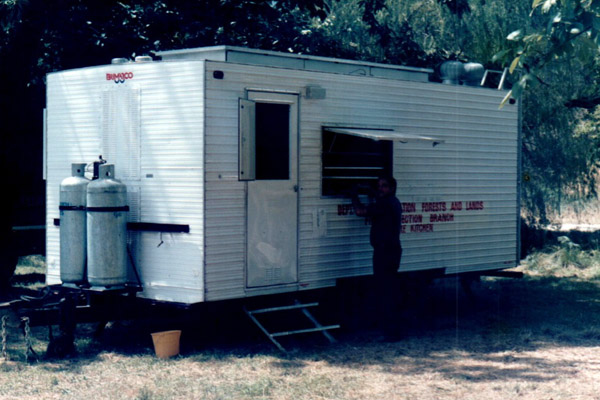
Fig. 10 A Brimarco Industries Mobile Kitchen
1984
Photo: B Marsden
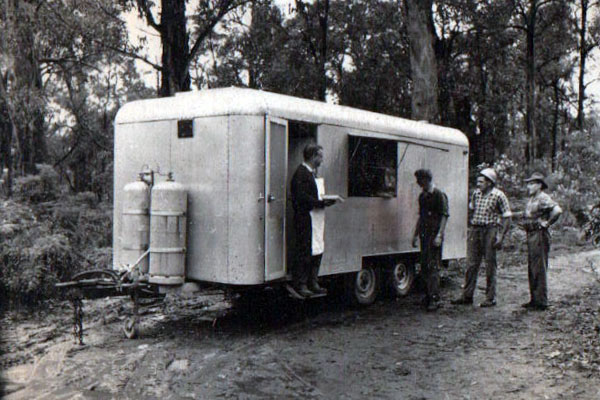
Fig. 11 Franklin Mobile Kitchen
1979
Photo: B Marsden
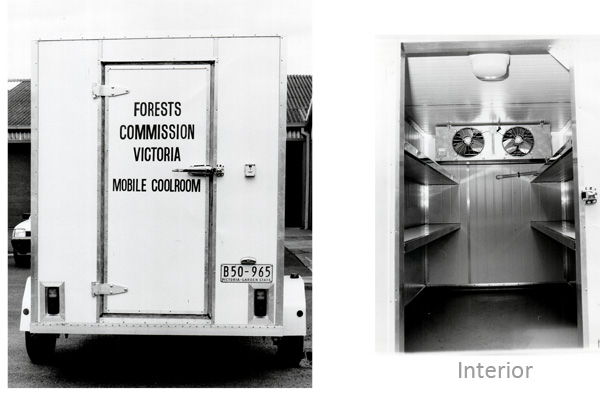
Fig. 12 FCV Mobile Cool Room
About 1975
Photo: B Marsden
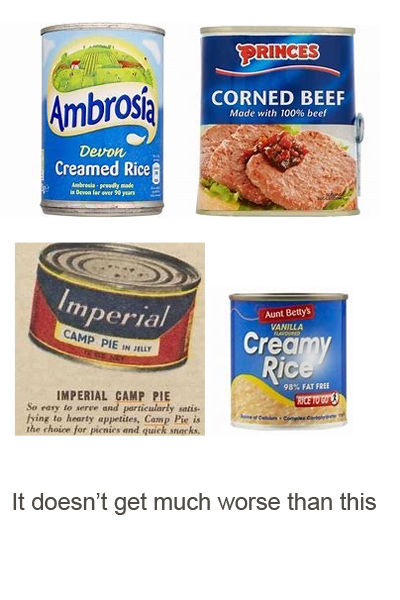
Fig. 13 Camp "food" - still around in early 1960s and maybe later
Composite photo prepared in 2020
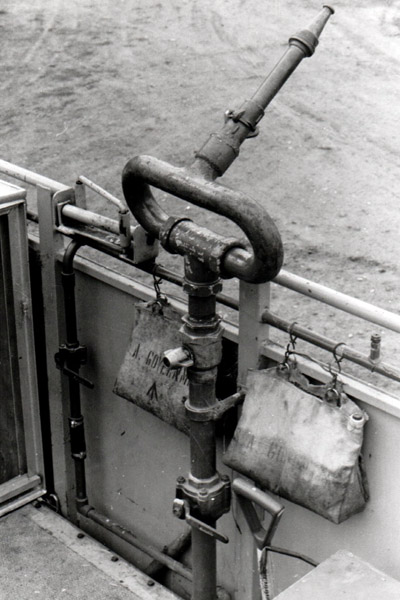
Fig. 14 Standard canvas water bags on tanker
1979
Photo: B Marsden
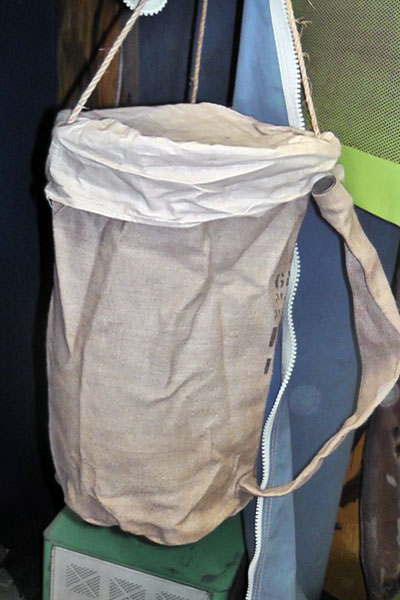
Fig. 15 Large hanging canvas waterbag at North Altona Museum
2010
Photo: B Marsden
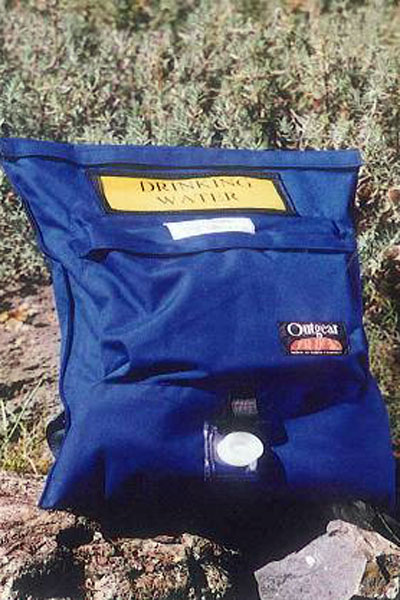
Fig. 16 4.5 litre drinking water backpack with replaceable bladder
1995
Photo: B Marsden
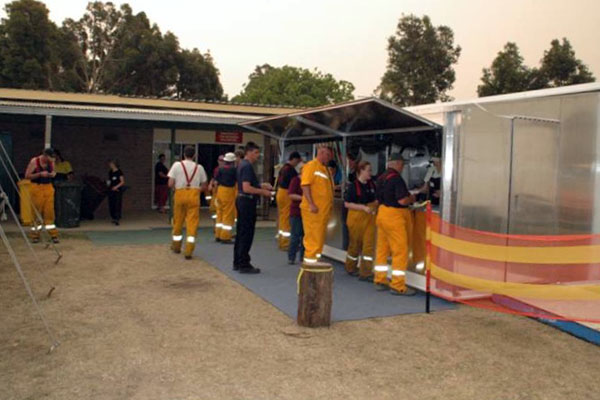
Fig. 17 Large containerised kitchen with a hydraulic fold out expansion wall
2008
Source: B Marsden
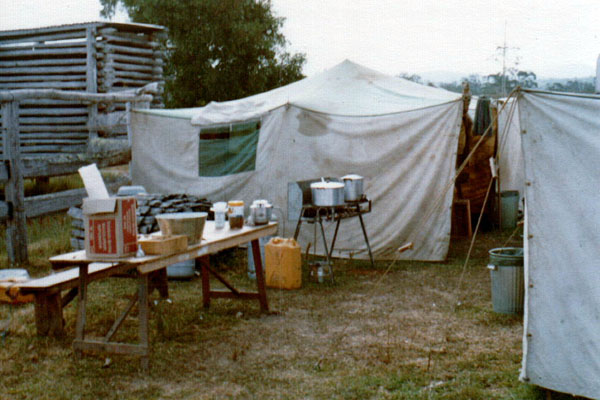
Fig. 18 Early lightweight canvas tent kitchen - introduced 1982
1985
Photo: B Marsden
Resting
Canvas Tents
Early 1950's version camping tents were manufactured from lightweight canvas that required timber supports. (Fig. 1) Later models, in the 1960’s, were manufactured with lightweight canvas walls and a heavier canvas roof. The tents were also provided with metal framing for ease of erection. (Fig. 2)
Heavy-Duty 8-Man Tents
Heavy-duty eight-man canvas tents replaced the earlier lightweight version as a standard item in the late 1970’s. Among other things, they provided better protection from the light for crews sleeping through the day. Material: Roof 10 oz blend polyester and cotton. Walls 8 oz blend polyester and cotton Floor Vinyl coated nylon, heavy duty, (not sewn into tent)
Lighting
Hurricane kerosene lamps were a common feature in the 1950's and early 1960's, and were followed by Tilley kerosene lamps which provided superior lighting. (Figs. 3 & 4)
Power Generators
By the 1980’s portable 5 KVA generators and larger 8 KVA trailer mounted generators were introduced to provide camp lighting, as well as power for an increasing range of portable electric powered camp equipment. (Fig. 5)
Container - Crew Accommodation
Day shift tents consisting of a two man tent with a stretcher, sleeping bag and bag liner are erected outdoors and night shift tents erected within a large marquee. The large marquee allows for mobile air conditioning providing improved sleeping conditions during daylight hours.(Figs. 6 & 7 )
Containers - Supply Cache
Container One holds everyday fire-fighter needs such as goggles, head torches , fire hoses, smoke masks, rakehoes and many other items used daily by crews. Container Two holds specialised gear that can only be assigned out by the Base Camp Manager. Specialised equipment such as fire pumps, generators, tents etc. (Fig. 8)
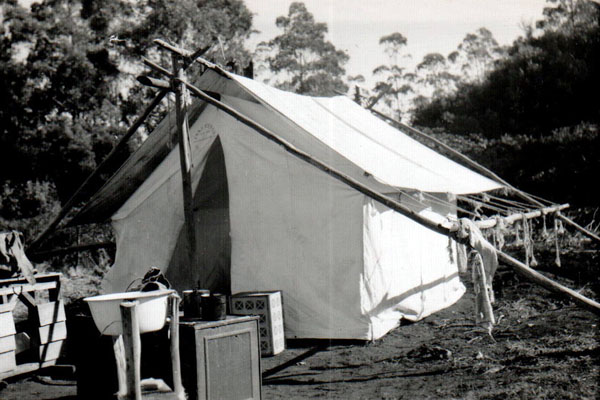
Fig. 1 Canvas tent erected using timber spars
1952
Source: B Marsden
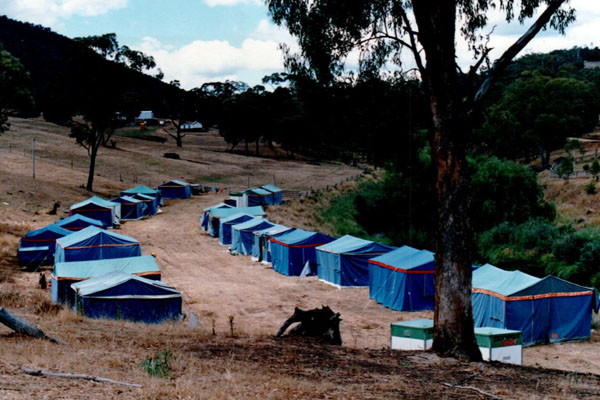
Fig. 2 Heavy duty canvas tents at a fire camp
1985
Photo: B Marsden
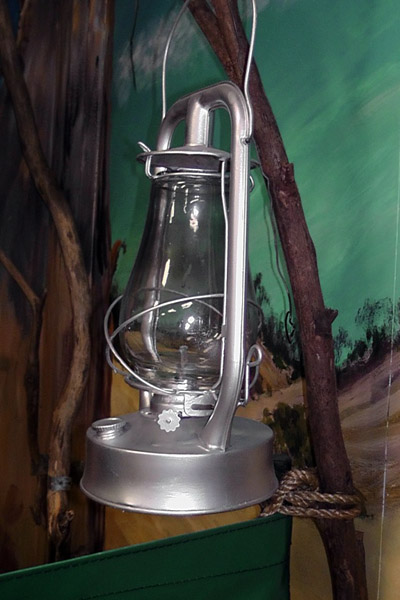
Fig. 3 Hurricane Kerosene Lantern at North Altona Museum
2010
Photo: B Marsden
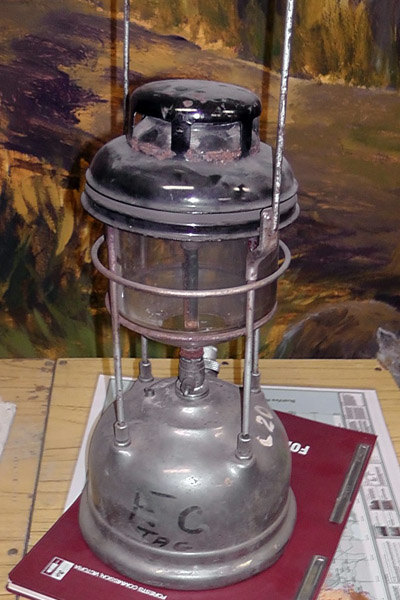
Fig. 4 Tilley Kerosene Lantern at North Altona Museum
2010
Photo: B Marsden
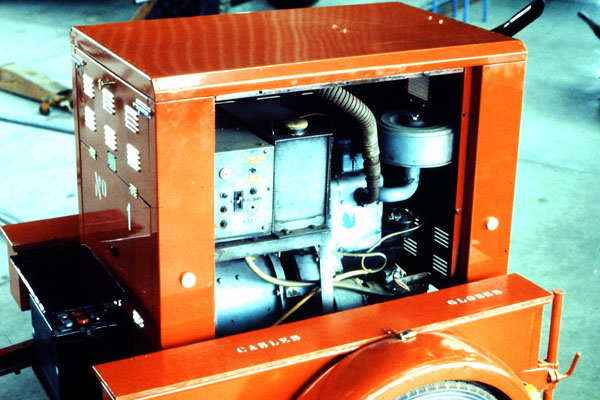
Fig. 5 8KVA Power Generator - introduced in 1985
1985
Photo: B Marsden
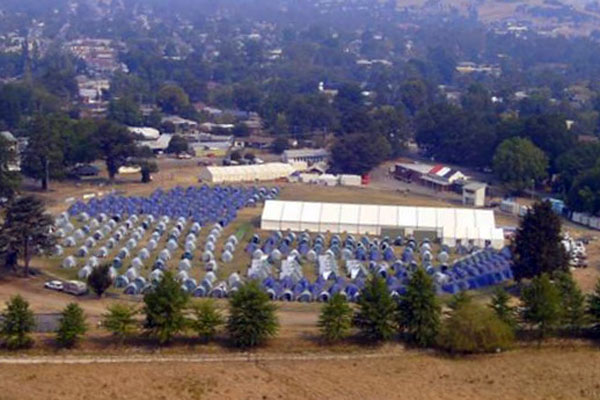
Fig. 6 Large camp layout with individual sleeping quarters
2008
Source: B Marsden
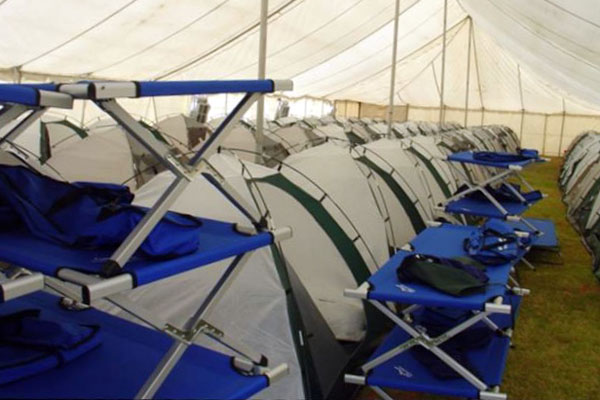
Fig. 7 Tents inside a Marquee with air conditioning for day crews
2008
Source: B Marsden
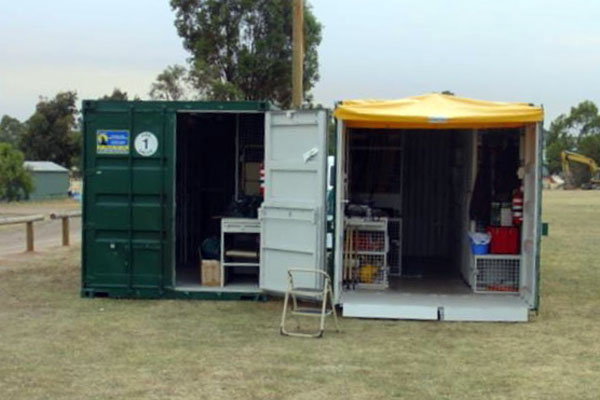
Fig. 8 Two cache containers are located at each site and staffed
2008
Source: B Marsden
Keeping Nice
Shower Bucket
Initially the shower bucket and wash basin were the only means of washing at fire camps. The shower bucket consisted of a canvas bag, or metal bucket, with a shower-rose installed in the base and a loop handle at the top. This allowed the bucket to be tethered and slung by a rope so that it could be raised or lowered for refill. A shower area in the open would be enclosed with a wall of PVC tarps. The floor area would have additional tarps to ensure that it was clean under foot, or wooden decking which also provided drainage. A number of shower buckets would be slung in the cubicle by ropes from above. Water was heated either by large pots on the Aldershot ovens, or in coppers. Coppers were superior as they provided a larger volume of water at the one time. (Fig. 1) It then required a constant relay of heated water to be transferred to the shower buckets as the crews washed. There were quite a few interesting comments made to those showering from those waiting in line. “…Get your arse into gear, stop yacking, and get a wriggle on you’re not going to a beauty contest….” No one wanted to be left having a cold shower or, in some cases, no shower at all due to a lack of water. My, those were the days, and I don’t miss one of them!
Ablution Vans
During the early 1970s, Ablutions Vans, with gas-operated water heaters were a common fire camp inclusion, complete with two shower cubicles and 5 or 6 hand basins, offering both hot and cold water. These vans were a great step forward, as long as the gas bottles were replaced when the gas level was low, and the water storage relay tank providing water to the ablutions van was maintained. (Figs. 2 & 3)
Toilet Facilities
During the 1960’s fire camp toilet facilities consisted of one or more deep holes, dug by some lucky camp workers. Toilet seats on raised bases would be positioned above the holes. Again, the area would be surrounded and the cubicles separated using a hessian wall to provide some privacy. (Fig. 4) The flies were constant and relentless. You could swat them, and spray them and abuse them - all it did was make them bring more of their family along - they were horrendous. Oh, and it’s amazing how long one can hold one’s breath in a ‘long drop’ bush toilet cubicle, as they were aptly named. If it was ‘early days’ with a camp still being set up, and the “long drop” holes had not yet been dug, and nature called, you may well have been handed a shovel and pointed towards the bush- ‘…go dig a hole boy…’ Oh great!
Mobile Toilets
The first mobile toilets were three ex. Military trailer units each having three cubicles and a small storeroom. The toilets incorporated a Sterile Sanitary System. The ‘A’ frame towing point was attached to the front wheels via a turntable operation. The FCV purchased the toilets in about 1982 and may have operated them for only two to three years, replacing the earlier ‘hole in the ground’ toilets during that period. It was during the late 1980's and 1990's that the practice of hiring purpose-built toilets was introduced, particularly at larger camps. Meanwhile, if it was only a small camp don’t lose your shovel mate! (Fig. 5)
Mobile Laundry
A Mobile Laundry Van was developed by the North Altona Equipment Development Centre, and introduced in around 1986, to provide crews with proper laundry facilities, particularly in situations where a fire may continue for an extended period. (Fig. 6) The van included a washing machine, spin dryer and fold-out table for sorting clothes. The external rear wall of the van was fitted with a full-width fold-out clothes line.
Hand-Washing Modules
To provide hand washing facilities within camps, a number of hand washing modules were, in later years, imported and strategically placed around a camp. (Fig. 7) A firefighter who comes down with gastro in a camp must be quickly isolated from the rest of the crews to prevent a major health risk.
Container - Showers, Toilets, Laundry
These facilities can be delivered to a site within 24 hours. A minimum of four pods are transported to a site to cater for 300 staff. The Shower Pod consists of six shower units and the toilet pod has 20 cubicles. Both Shower and Toilet Pods are self-contained with water storage and sullage tanks. Both provide privacy and can cater for both males and females. The containers can be transported by either a side-lifting container loader, a tilt tray truck or a container trailer.(Figs. 8 & 9)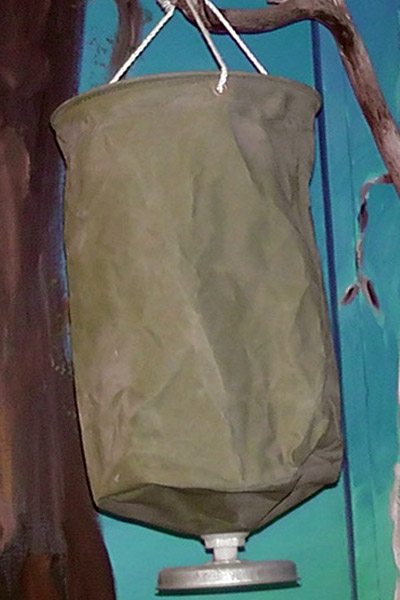
Fig. 1 Canvas Shower Bag - used in the 1950's and 1960's
2010
Photo: B Marsden
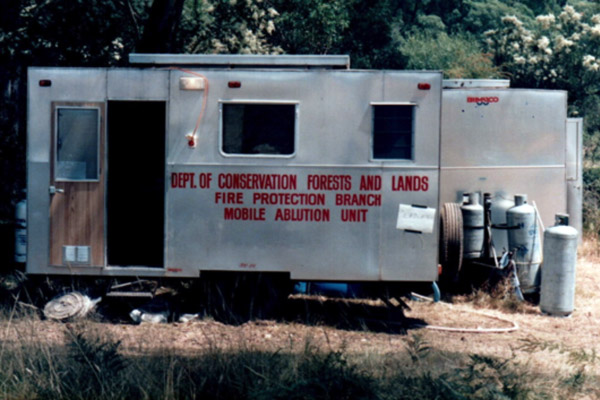
Fig. 2 Mobile Ablutions Unit sited at a fire camp
About 1987
Source: B Marsden
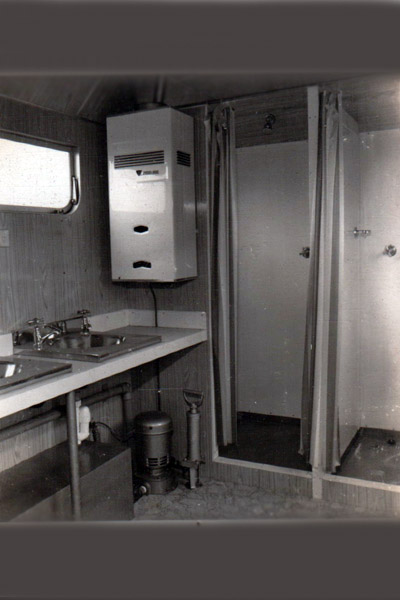
Fig. 3 Ablutions unit - 2 shower cubicles, 6 hand basins; electric water pump, lpg gas heater
About 1987
Source: B Marsden 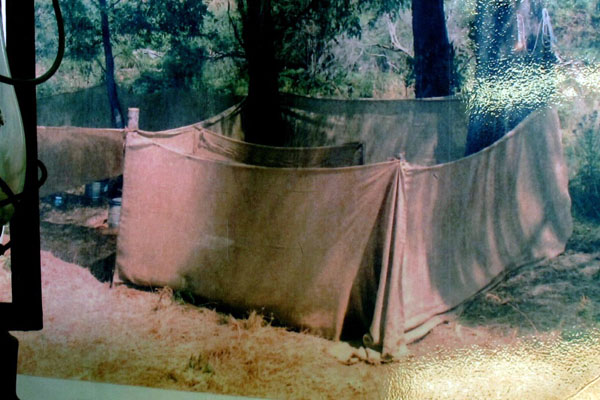
Fig. 4 Hessian "privacy" walls at a camp toilet
1984
Photo: B Marsden
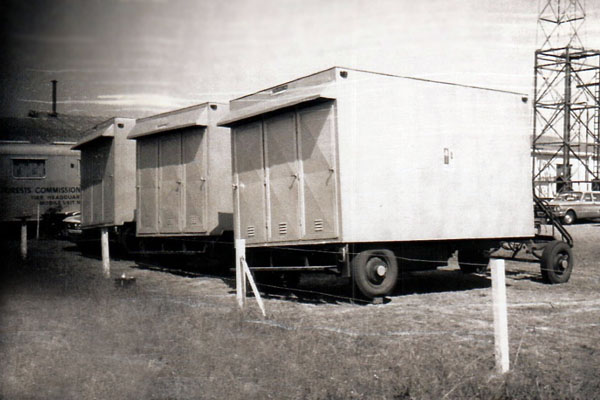
Fig. 5 Ex- Military Mobile Toilet Units ready for deployment from the Altona FEDC
1983
Photo: B Marsden
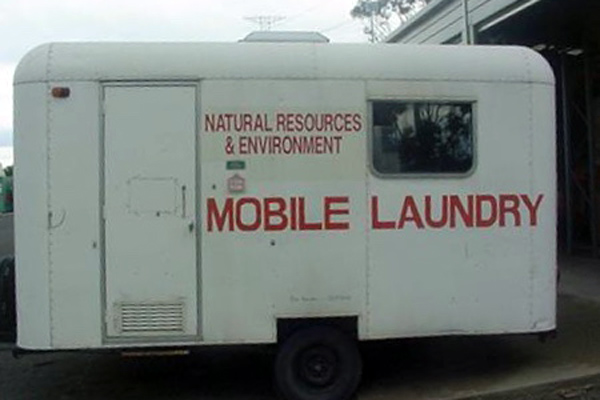
Fig. 6 Laundry Van developed at the North Altona Workshop
1989
Photo: B Marsden
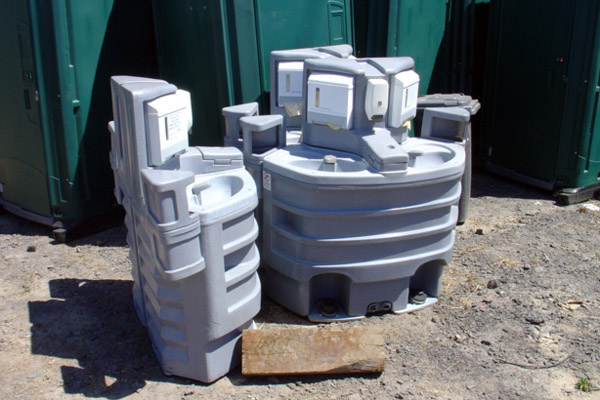
Fig. 7 Hand washing stations purchased for use in fire camps
2005
Photo: B Marsden
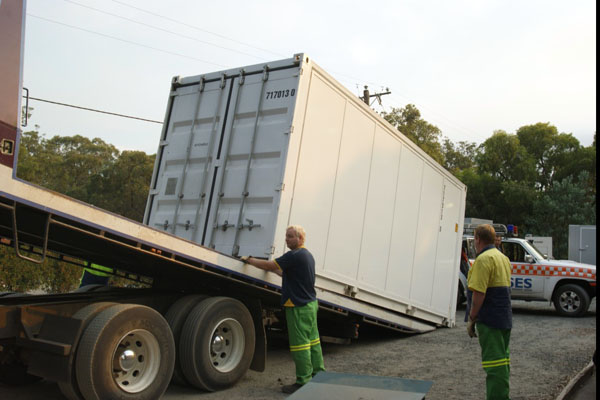
Fig. 8 Shower pod being unloaded from a tilt tray
2005
Source: B Marsden
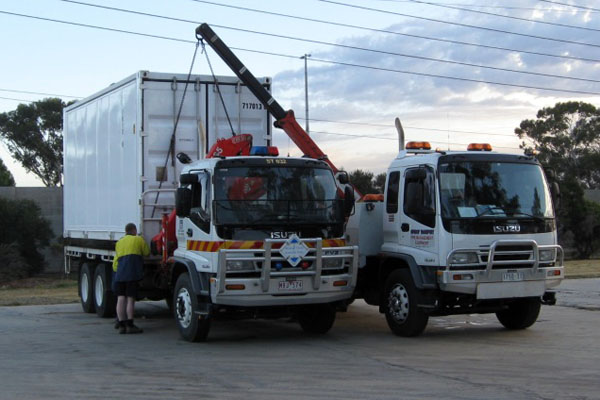
Fig. 9 Side-lift container loader
2008
Source: B Marsden
